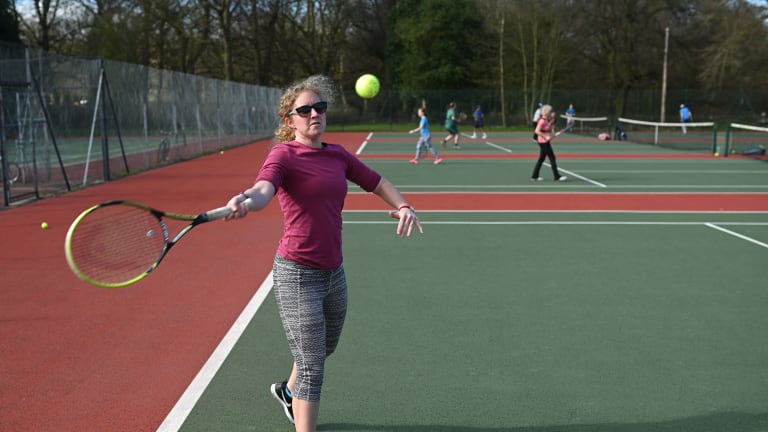The zealous recreational player is the lifeblood of tennis. These are the aficionados who invest heavily in the sport—from dozens of cans of balls to new racquets, strings, shoes, clothes, lessons, online content, books, TV viewership and more. Many often travel to watch tournaments, from the U.S. to around the world.
Most of all, they relish the chance to play. The isolation forced on recreational players by the pandemic was a reminder: The vast majority of favored tennis activities take place at local facilities, with friends known for years, or new partners who’ve just shown up to the park or club. Consider the many ways these men and women engage with tennis: Ball machine. Backboard. Live ball. Cardio tennis. Clinic. Doubles workshop. Private lesson. Friendly rally. Drill session. Practice match. Social event.
To a great degree, the pandemic placed the emphasis more on process than outcome. League tennis, long a staple of recreational tennis life, was off the table for some time. The same held true for tournaments. But this reduced emphasis on raw competition was in a way helpful, as it gave players a chance to sharpen tools without the pressure of a match. Players who once may have never given a thought to the ball machine or backboard found them useful tools for improvement. Others, previously always gearing up to compete in a league match, recognized the need for significant technical input and at last began to take lessons.
Then there were those who returned to tennis after being away for several years or even decades. They still had their frames, but it was clear in many cases that it was time to buy something new.
Finally, there were the millions who entered the sport for the first time. Perhaps they were first drawn to the sport because it was such a good fit for social distancing. But hopefully, these new players—adults and children alike—have rapidly discovered tennis’ remarkable mix of exercise, skills, competition and socializing.
